
If you or someone you love has been recently diagnosed with coeliac disease, you could be eligible to receive gluten free foods on prescription. Simply select your country of residence, and, if you live in England, fill in your postcode to check if your area is prescribing.
Your country is prescribing gluten free foods*. Request your Glutafin Taster Box by clicking the button below to sign up.
* Please note: local policies are constantly updated, and issuing a prescription is at the discretion of your GP.
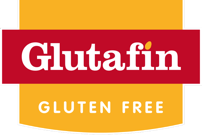
Just starting your gluten free diet? When you are first diagnosed with coeliac disease, it can be a confusing time, trying to understand which foods are and aren’t gluten free, discovering that some of your favourites may be off the menu and becoming an avid reader of labels – suddenly, your shopping is taking twice as long as it usually does.
We’re here to help. Read our guide below to discover which foods are gluten free, gluten containing foods to avoid and how to make sure you’re having a balanced and varied gluten free diet filled with lots of delicious, nutritious gluten free foods!
Gluten is a protein found in wheat, rye and barley. Gluten gives bread its elasticity and structure and helps the dough to rise. It is often used as a thickener or carrier for flavours and colours.
A gluten free diet is currently the only way to treat coeliac disease. Even small amounts of gluten can be harmful to the lining of the gut, so it’s important to ensure you understand which foods are safe to eat. There’s a lot to learn, so we’ve created a simple one-page overview which you can download below.
Gluten Free Food Checklist
Gluten is found in baked goods such as bread, cakes and biscuits, but also in pasta, crackers and cereal. Don’t worry, though! Specialist manufacturers offer gluten free alternatives to almost every food you can imagine, from Baguettes to Bourbons, so we’re sure you’ll still find plenty to tickle your taste buds.
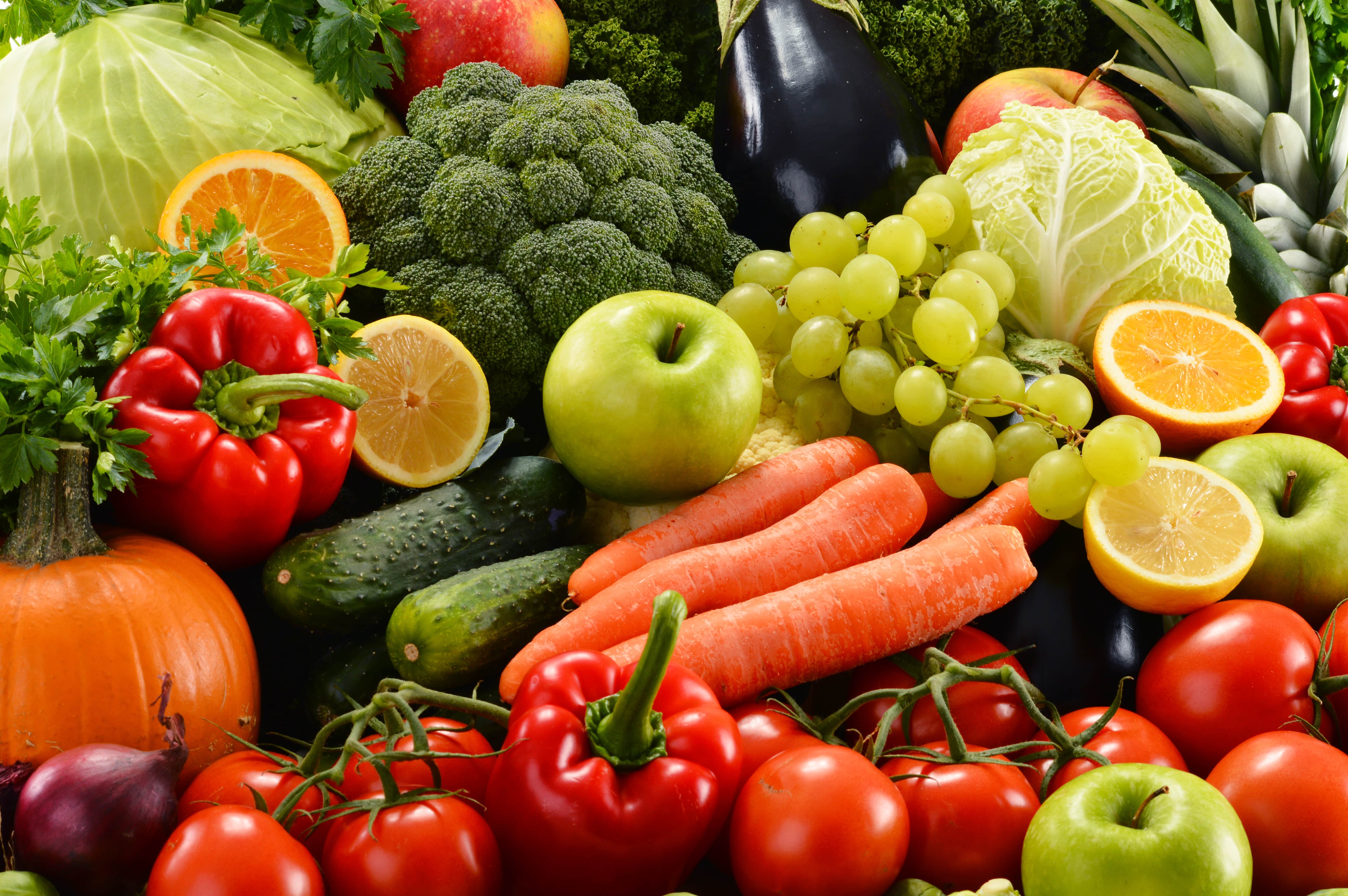
The great news is, there are many naturally gluten free foods. These include:
When you start with foods in their natural state, you can have more confidence that they will be free from gluten. We speak to many people who have discovered a new passion for cooking and baking since their diagnosis with coeliac disease.
Most drinks are naturally gluten free, for example, tea, coffee, fruit juice, squash, fizzy drinks. Some alcoholic drinks such as beer contain gluten and should be avoided. There are specialist manufacturers of gluten free beer, which you can find in the ‘Free From’ section of your local supermarket. Wine, cider, spirits, liqueur, port and sherry are all gluten free.
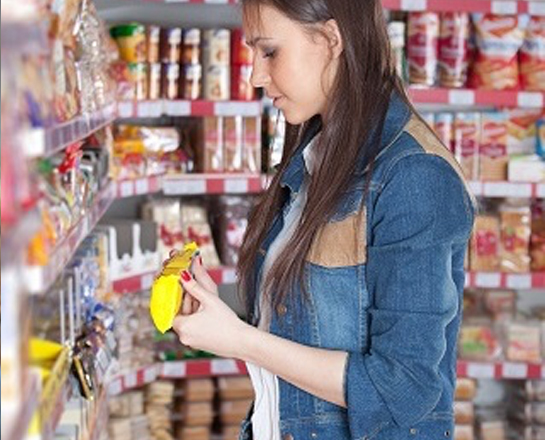
Gluten can be lurking where you least expect it. Certain foods may need to be checked to ensure that they are free from gluten, particularly some processed and packaged foods. We recommend always checking the label to identify any hidden gluten. Browse our guide to checking food labels.
Many gluten containing foods have gluten free versions created by specialist manufacturers. Our range of gluten free foods is available on prescription for patients with coeliac disease, find out more here.
There is also a dedicated Free From section in most supermarkets. There has been much innovation in gluten free foods over the years, and you will find lots of the favourites you loved available. Make sure you also check in the freezers and the chillers, as there are now lots of gluten free foods in these sections too. Ask someone in-store if you’re unsure where the Free From section is located.
If there are gluten free foods you struggle to find or things that you miss, we recommend browsing our recipe library. We have lots of delicious inspiration for you! And if there’s a recipe you can’t find, we’d love to hear from you, we’re always looking for new ideas.
Sign up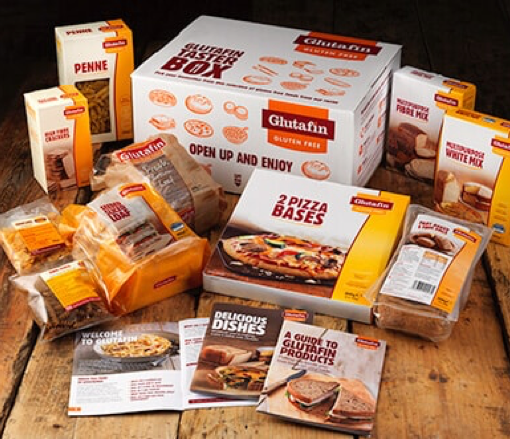
Making the change to gluten free meals can seem like a daunting task initially, but it is simpler than you think! Here are some tips to get you started.
Plan ahead
When you are first diagnosed, it might help to establish a simple routine, and to plan your meals ahead.
Start by adapting your favourites
Start with the meals you have on a regular basis. Is there an easy way of adapting them to a gluten free alternative? For example, if you have a favourite pasta dish, swap in gluten free pasta, and check to make sure the ingredients in your sauce are all gluten free.
Watch out for cross contamination
As you adapt to your new lifestyle, it’s important to ensure when you are preparing and cooking gluten free foods that you don’t accidentally contaminate them with gluten. Wiping down surfaces, using a separate toaster for the rest of the family and storing your gluten free foods in containers will all help. For more information on cross contamination, read our article.
Expand your repertoire
Once you have a few staples and easy meals to adapt, then why not browse our recipe library for inspiration? There are also lots of great gluten free food bloggers and tasty inspirations on Instagram!
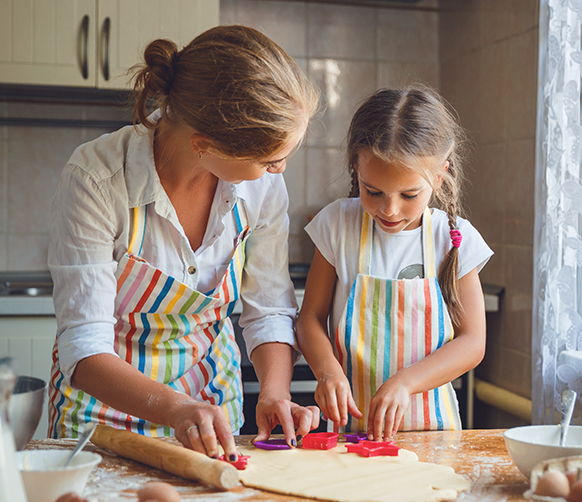
Eating out can seem like a daunting experience at first, but don’t worry; restaurants are much more aware of the need to cater for allergies and intolerances, and as long as you are clear about your requirements, there should be lots of great gluten free options for you.
We would recommend always checking with the restaurant in advance about what gluten free foods they have available, either by checking their menu online or giving them a call. Some restaurants, such as Italians or Pizzerias, will seem obvious to avoid; however, you may be surprised that many now source gluten free alternatives and have strict procedures for allergen control.
As with your own food, take special care to ensure you don’t consume hidden gluten, e.g. in sauces, chips fried in the same oil as other items (e.g. batter coated). That’s why it is best to always check with the restaurant first.
Coeliac UK have a list of restaurants which have passed an accreditation scheme to prove they have complied with several measures to ensure they are safely gluten free. This is a great source of information, you can search on their App using your postcode to find safe options nearby.
We would also recommend speaking to your local restaurants, often we hear that fish and chip shops do a set day a week when they will cook gluten free fish and chips for their customers.
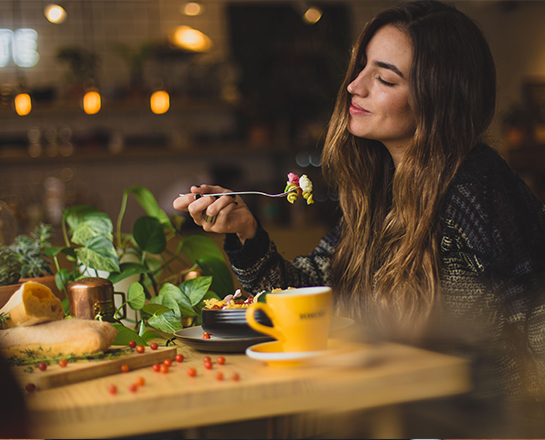
We realise there’s a lot to learn when you’re starting a gluten free diet, but the good news is, now that you’ve been diagnosed with coeliac disease and started your new gluten free diet, your gut should begin to heal, and you should start to feel so much better. There will inevitably be times when you consume gluten by accident, but hopefully, this guide will help you to understand what foods are safe for you to eat and which ones to avoid in order to minimise mistakes.
You may also find it helpful to read our article all about cross contamination, so that you don’t accidentally contaminate your foods with gluten from toasters, ovens or chopping boards. And remember, if you have any questions, please don’t hesitate to get in touch!
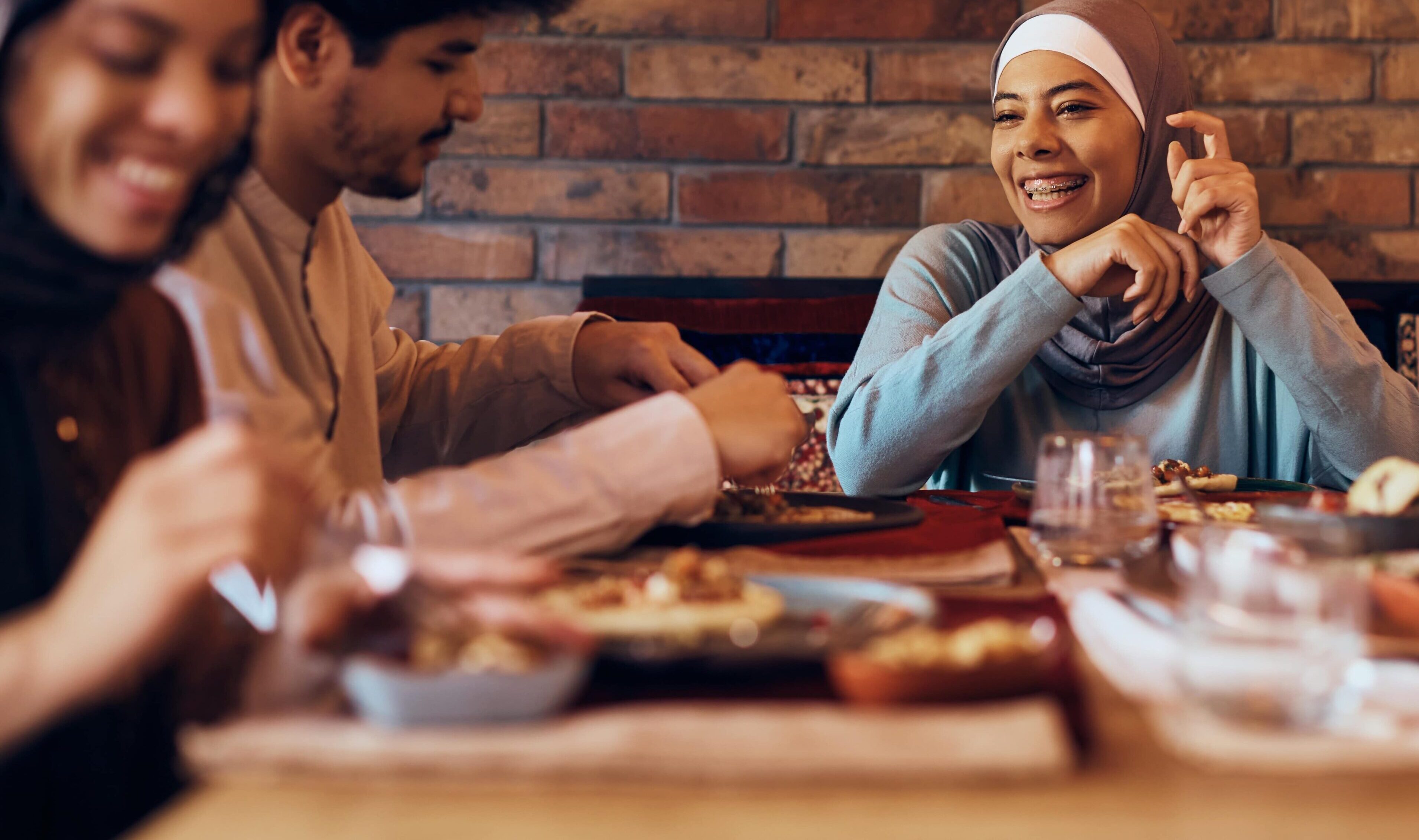
If you or someone you love has been recently diagnosed with coeliac disease, you could be eligible to receive gluten free foods on prescription. Simply select your country of residence, and, if you live in England, fill in your postcode to check if your area is prescribing.
Your country is prescribing gluten free foods*. Request your Glutafin Taster Box by clicking the button below to sign up.
* Please note: local policies are constantly updated, and issuing a prescription is at the discretion of your GP.

The main reason for coeliacs to avoid oats and oat-containing products is that oats are commonly contaminated with wheat/ rye/barley during production and processing. It is believed that the majority of coeliacs are able to tolerate uncontaminated pure oats.
Uncontaminated oats are available in supermarkets but ensure they are marked as ‘gluten free’ and have therefore been tested to ensure they contain less than 20 ppm of gluten before consumption. This is not the same as a label marked ‘100% oats’.
Gluten-free oats can be included in a gluten free diet at any stage. However, if you experience ongoing symptoms or have any concerns, you should consult a healthcare professional for specific advice. A small number of people with coeliac disease may still react to uncontaminated (gluten free) oats.


No, hummus is naturally gluten free. We would always recommend checking the product label, however, in case it is made in a factory where cross contamination can occur.

Most patients report an improvement in their symptoms after they start their gluten free diet. If you find your symptoms persist or you experience any new symptoms, we would advise you to contact your GP. You should also ensure that as well as removing gluten from your diet, you are ensuring your gluten free food does not come into contact with any gluten containing food.

Patients with coeliac disease sometimes report an increase in weight, which is due to their gut beginning to heal. This is perfectly normal, however, if you have any concerns about your weight, we would advise you to consult with your dietitian.